 |
|||
 |
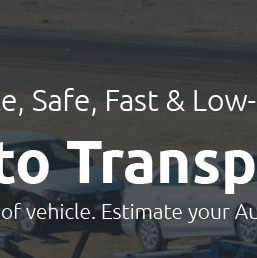 |
 |
|---|---|---|
 |
 |
|
 |
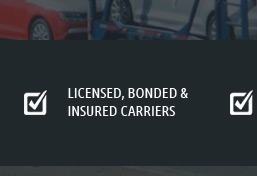 |
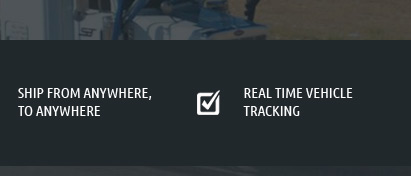 |
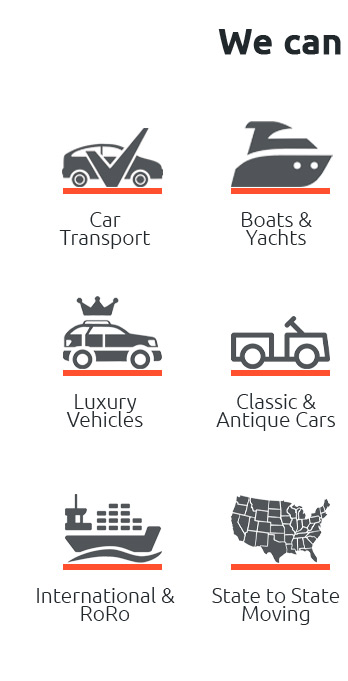 |
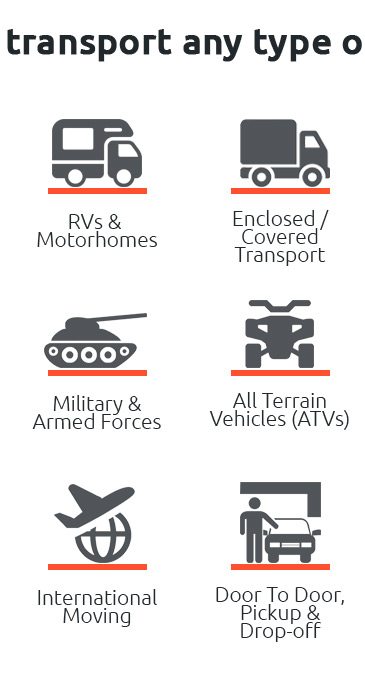 |
 |
|---|
 |
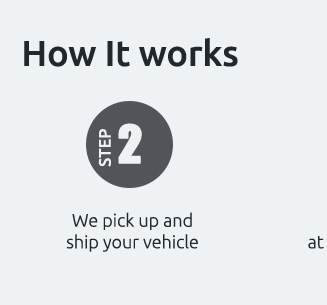 |
 |
|---|---|---|
 |
||
 |
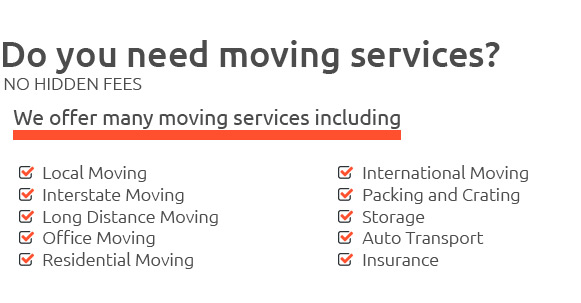 |
|---|---|
shipping container quote international: a beginner’s guide to fair pricingGetting an accurate shipping container quote international can feel daunting when you’re new. Start by clarifying what you’re moving, where it starts and ends, and who handles each step. A good quote should state Incoterms, container size, transit time, validity dates, and any surcharges. Ask about demurrage and detention, customs brokerage, and insurance. When in doubt, request an all-in figure and a line-by-line breakdown so you can compare offers fairly. What shapes the costOcean rates swing with capacity and risk. Your route, season, and commodity drive pricing, as do equipment availability and security advisories. Carriers may offer spot or named-account levels; forwarders bundle local charges differently. Clarity reduces padding and surprises.
How to request and compareProvide a precise commodity and HS code, total weight, cubic volume, hazardous status, pickup and delivery details, and desired sail week. Emphasize all-in versus pass-through charges, and validity windows. Compare apples to apples: base ocean freight, local fees, free time, and service reliability.
|
|---|